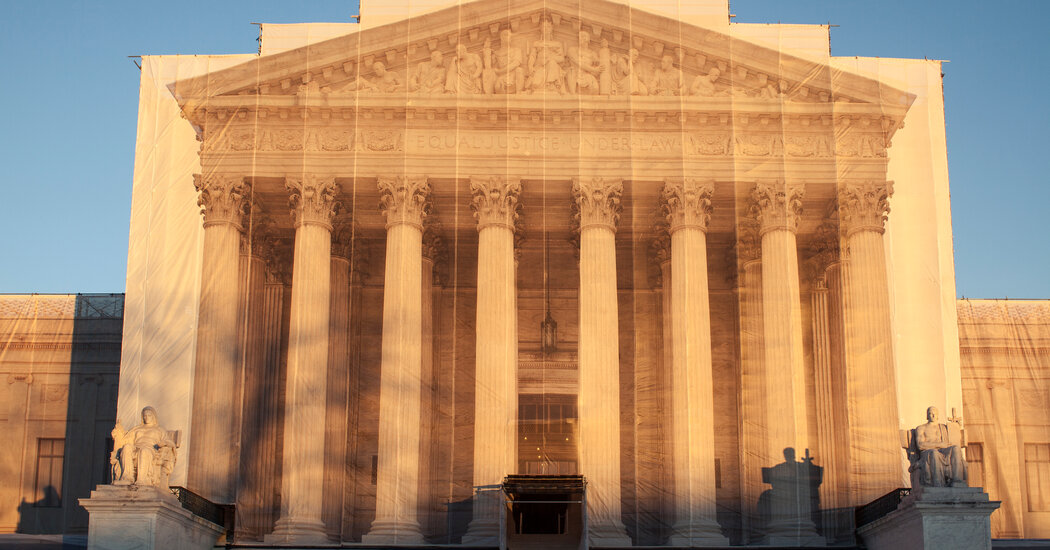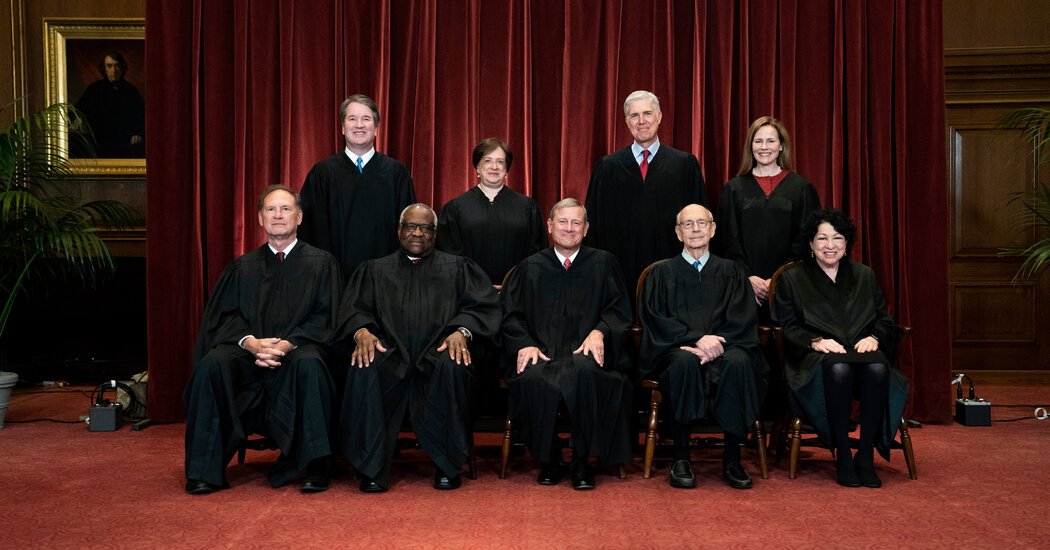
In my view, court packing, the idea that arguably launched the commission, fails that test. That’s not because adding justices would be a radical break from past practice. Adding and removing justices was common practice in the 1800s, partly as a way to manage the court’s workload and partly as a way to control the court.
In 1801, the Federalists cut the court from six justices to five, in part to deny Thomas Jefferson, who’d won the presidency but hadn’t yet taken office, an appointment. In 1802, Jefferson’s Democratic Republicans restored the sixth seat and, in 1807, added another. In 1837, the court was boosted to nine justices. In 1863, Abraham Lincoln’s Republicans added a 10th seat, and in 1866, after Lincoln’s assassination, they cut it back down to seven seats, to block Andrew Johnson from making appointments. The court was restored to nine seats in 1869, when Ulysses S. Grant, a Republican, took the presidency. That’s where it’s sat ever since.
F.D.R.’s court packing effort in 1937, from this perspective, wasn’t nearly the breach it’s been made out to be, and nor was it an outright failure. The campaign succeeded in cowing the court into embracing much of the New Deal, but it bruised F.D.R. politically, splitting his own party. Altering the court by adding justices has since fallen into disrepute, though it’s still done at the state level, where Republicans added seats to the Arizona and Georgia state Supreme Courts in recent years.
But you can’t fix the court by adding justices. You’re shifting the balance of power by contributing to the underlying problem: turning the court into an untrustworthy institution and setting off a cycle of reprisals with unknown consequences. If Democrats manage to pass a bill adding new justices, Republicans would match or exceed it as soon as they were restored to power, and on and on. For a solution to hold, it needs to be defensible beyond this moment in American politics. Many other ideas pass that test.
Let’s start with the easy one: term limits. Lifetime appointment did not mean, for most of American history, what it means today. The commission notes that until the 1960s, the average length of service on the court was 15 years. Now it’s 26 years — and perhaps rising. As the partisan stakes of Supreme Court nominations have sharpened, life span has become one more variable to game: Parties are looking for the youngest justices they can credibly pick in order to ensure their nominees hold power far into the future.
Worse, because justices retire strategically, power in the court now builds power in the court later. As the commission notes, Trump “appointed three Justices in his single four-year term; his immediate Democratic predecessors, Presidents Barack Obama, Bill Clinton, and Jimmy Carter, made only four appointments total in a combined twenty years in office.” Lifetime appointments were intended to insulate the justices from politics. Instead, they have become a driver of the court’s politicization.




